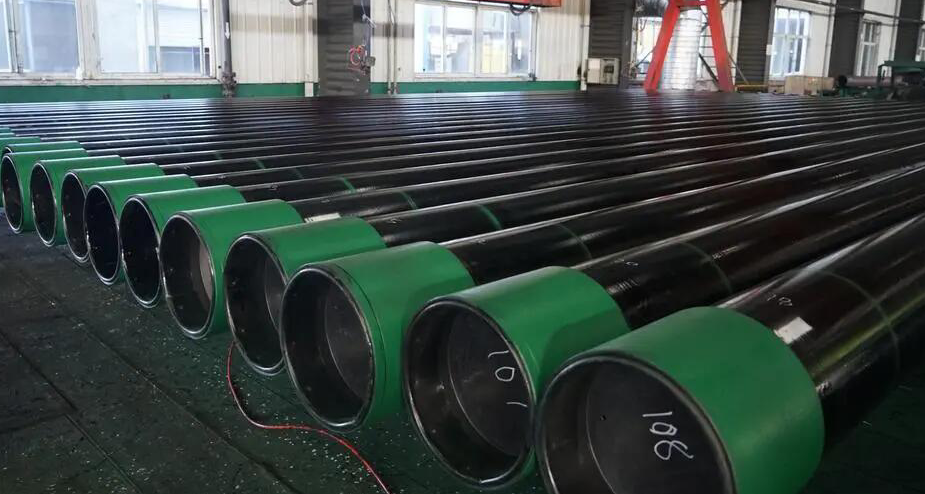
Downhole Casing Anti-corrosion Detection Method
Common anti-corrosion testing methods:
Visual inspection is currently one of the most commonly used anti-corrosion inspection methods. By inspecting the outer surface of the casing, it is determined whether there are defects such as rust, peeling, and cracks on the surface of the casing. However, this method requires manual participation, requires a lot of time and labor costs, is easily affected by the subjective consciousness of personnel, and cannot accurately assess the corrosion degree of the casing.

2. Coating thickness measurement
Coating thickness measurement is another commonly used anti-corrosion testing method that can be used to measure the thickness of a coating. This method can determine whether the pipe coating has reached the designed thickness and can detect whether the thickness of the coating is uniform. But this method cannot measure the extent of corrosion beneath the coating.
3. Dielectric constant test
The dielectric constant test uses the characteristics of electromagnetic waves passing through the casing to detect the corrosion degree of the inner and outer walls of the casing. This method has the advantages of being fast, accurate, and non-contact, and is suitable for detecting long casing sections. But this method is not suitable for detecting corrosion under coatings.
Detection methods suitable for downhole casing:
According to the special environment and usage requirements of downhole casing, the following methods can be considered for anti-corrosion testing.
1. Ultrasonic testing
Ultrasonic testing uses ultrasonic probes to detect the inner and outer walls of the casing, which can detect the corrosion degree and thickness of the inner and outer walls of the casing. This method has the advantages of high precision and high efficiency, and is suitable for detecting long-distance casing. In addition, this technology can use automated instruments for detection to reduce manual intervention.
2. Electrochemical corrosion monitoring
Electrochemical corrosion monitoring is a method that uses electrochemical principles to monitor corrosion. The advantage of this method is that it can monitor corrosion conditions in real time and quantitatively analyze corrosion behavior, which is beneficial to formulating corresponding preventive measures.
3. Infrared temperature measurement
Infrared temperature measurement uses an infrared camera to measure the temperature of the casing surface, which can determine whether there is corrosion on the casing surface. This method has the advantages of being fast, accurate, and non-contact, and is suitable for detecting short casing sections.
Summarize:
In view of the special needs of downhole casing, it is very important to choose an anti-corrosion detection method suitable for casing. This article introduces the three methods of ultrasonic testing, electrochemical corrosion monitoring and infrared temperature measurement. You can choose the appropriate method according to your needs for anti-corrosion testing of casing. It should be noted that when implementing testing, safety must be the primary consideration and appropriate safety measures must be taken to ensure the safety and smooth progress of the testing process.
Go here to learn more "Oil Country Tubular Goods (OCTG)"


